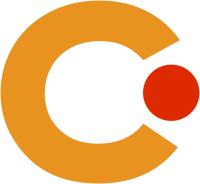The Impact of Implicit and Explicit Feedback on Performance and Experience during VR-Supported Motor Rehabilitation
2021 IEEE Virtual Reality and 3D User Interfaces (VR), page 382-391. IEEE, (2021)DOI: 10.1109/VR50410.2021.00061
Abstract
This paper examines the impact of implicit and explicit feedback in Virtual Reality (VR) on performance and user experience during motor rehabilitation. In this work, explicit feedback consists of visual and auditory cues provided by a virtual trainer, compared to traditional feedback provided by a real physiotherapist. Implicit feedback was generated by the walking motion of the virtual trainer accompanying the patient during virtual walks. Here, the potential synchrony of movements between the trainer and trainee is intended to create an implicit visual affordance of motion adaption. We hypothesize that this will stimulate the activation of mirror neurons, thus fostering neuroadaptive processes. We conducted a clinical user study in a rehabilitation center employing a gait robot. We investigated the performance outcome and subjective experience of four resulting VR-supported rehabilitation conditions: with/without explicit feedback, and with/without implicit (synchronous motion) stimulation by a virtual trainer. We further included two baseline conditions reflecting the current NonVR procedure in the rehabilitation center. Our results show that additional feedback generally resulted in better patient performance, objectively assessed by the necessary applied support force of the robot. Additionally, our VR supported rehabilitation procedure improved enjoyment and satisfaction, while no negative impacts could be observed. Implicit feedback and adapted motion synchrony by the virtual trainer led to higher mental demand, giving rise to hopes of increased neural activity and neuroadaptive stimulation.
